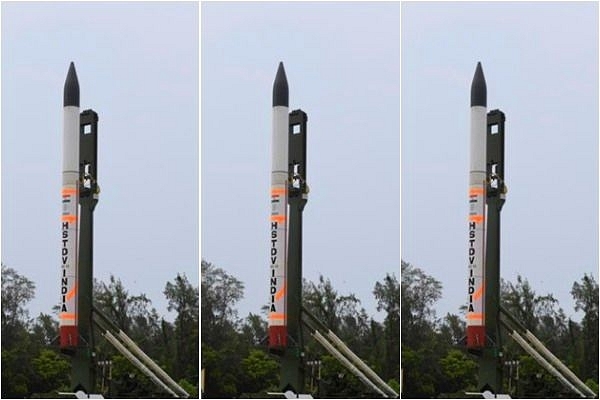
India’s Hypersonic Cruise Missile System Likely To Be Ready In Four To Five Years From Now, Says DRDO Chief
Defence Research and Development Organisation (DRDO) chief G Satheesh Reddy has said that the development of an indigenous hypersonic cruise missile system will be complete in the next four to five years.
It will take India “probably about four to five years” to develop “a complete missile system”, the DRDO chief has been quoted as saying.
On 7 September, India had successfully test-fired its Hypersonic Technology Demonstrator Vehicle (HTDV). The vehicle was launched with an Agni-II booster and reached speeds of up to 6 Mach or six times the speed of sound. It was tested at a speed of 2 km per second for more than 20 seconds.
The successful test of the indigenously developed technology-demonstrator, the first in a series of missile tests performed by India in a short span of 35 days, proved the critical technologies that will be used by the DRDO in the development of a full-fledged hypersonic cruise missile system.
The DRDO has indigenously developed a scramjet propulsion system for use on hypersonic vehicles. It is an improvement over a ramjet engine.
In a ramjet engine, designed for supersonic speeds, the combustion process occurs at subsonic speeds. In a scramjet engine, the combustion occurs supersonically, allowing the vehicle using it to fly at hypersonic speed.
Given that they are capable of reaching speeds over 5 Mach, hypersonic missiles can easily defeat missile defense systems deployed by the enemy.
India had tested its hypersonic technology demonstrator for the first time in 2019. Back then, some reports said the test was only partially successful.